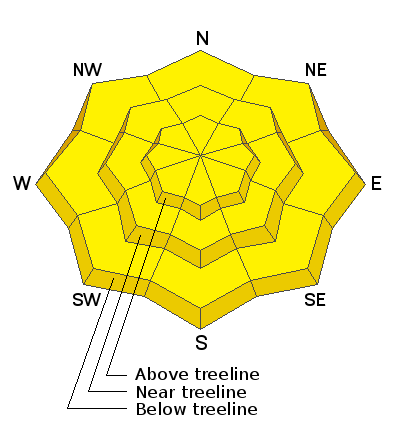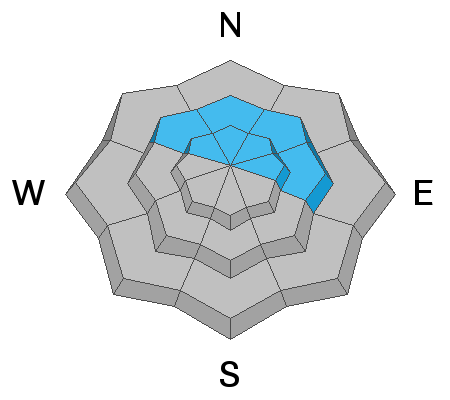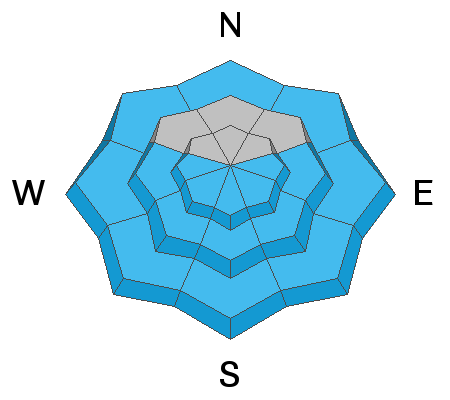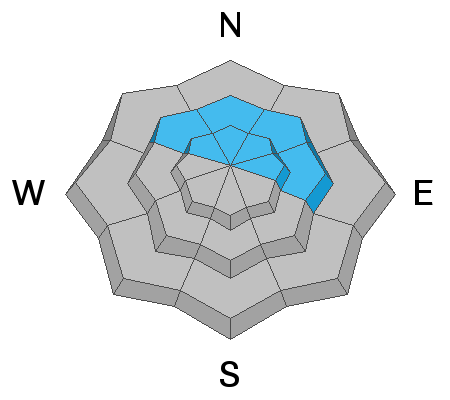Forecast for the Moab Area Mountains

Issued by Eric Trenbeath on
Sunday morning, March 28, 2021
Sunday morning, March 28, 2021
A MODERATE avalanche danger exists on steep, wind drifted slopes near and above treeline that face NW-N-E and human-triggered avalanches are possible. In thinner snowpack areas - around rocks or in very steep, radical terrain, a triggered wind drift could break down into weak sugary facets causing a deeper and more dangerous avalanche.
And, with a strong sun and rising temps be alert to an increasing MODERATE danger for loose wet avalanches on sun-exposed slopes. Signs of instability include rollerballs and pinwheels and sloppy wet snow.

Low
Moderate
Considerable
High
Extreme
Learn how to read the forecast here









